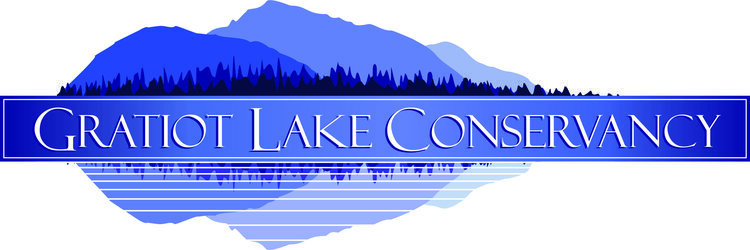Part II of our GLC Research Web Series presented by Daniel Lizzadro-McPherson, Research Scientist.
Please see the abstract provided by Daniel below.
Our understanding of the Keweenaw Fault, specifically its age, geometry, and number of slip events, has fueled nearly 150 years of debate in academia, largely due to the lack of datable minerals, absence of fossils, and challenging landscape. As the largest structural feature on the Keweenaw Peninsula, the Keweenaw Fault has been classified as a reverse thrust fault with a postulated 9 km of slip, juxtaposing 1.1 billion-year-old copper-being Portage Lake Volcanics above younger Jacobsville Sandstone.
The Keweenaw Fault and associated bedrock geology in the vicinity of Gratiot Lake was thought to be fairly simple and well understood by geologists and geographers, as captured by the USGS 1950s geologic mapping campaign. However, by the mid-1970s observations on the ground and geophysical data revealed that earlier interpretations of the fault were grossly oversimplified, generating anomalous fault geometries and implausible slip dynamics. To better constrain the nature of the fault we remapped a segment that runs from Bête Grise Bay to the city of Mohawk, with the aid of state-of-the-art geospatial technology. Tune it on May 13th at 7pm to learn what we discovered!
This is a virtual webinar hosted via Zoom.
Please RSVP by emailing director@gratiotlakeconservancy.org.
